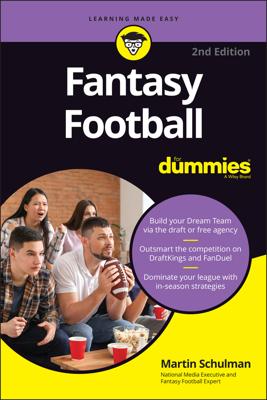Referees whistle most nonfoul violations against the offensive team. Here's a quick overview of the types of nonfoul violations that a referee can call:
- Goaltending: A referee calls goaltending when a defensive player illegally interferes with a shot. If the defensive player touches the ball as it makes its downward path to the basket, touches the ball while it is on the rim, or touches the rim or net itself as the ball is being shot, the offensive team receives the basket.
- Kicking: A defensive player may not kick the ball as a means of deflecting a pass. On any kicked ball violation in pro ball, the offense retains possession of the ball, but the shot clock continues running. In college, the shot clock is reset. Most coaches encourage this defensive tactic even though it violates the rules, because it forces the opponent to reset its offense.
Offensive nonfoul violations result in a loss of possession. Such violations are listed as turnovers, and almost all result from the player mishandling the ball. For that reason, most coaches put a premium on having a reliable point guard who commits as few of these violations as possible. The team that turns over the ball the most usually loses. Mistakes such as these cause coaches' hair to turn gray. A few of the more grating violations include the following:
- Traveling: Any time a player possessing the ball is not dribbling, he must keep one foot (known as his pivot foot) planted on the floor. He may move the other foot in any direction and as many times as he desires. After a player establishes a pivot foot, he may not move it, or the referee whistles him for traveling.
- Double dribbling: A double dribble occurs when a player either dribbles the ball with two hands at the same time or dribbles the ball, stops, and then resumes his dribble (known as picking up his dribble).
- Carrying or palming: A player dribbling the ball may not bring her palm under the ball when it reaches its apex off the dribble. Always keep your palms facing the floor when dribbling the ball. Palming became an area of emphasis with the NBA in the late 1990s. Young, fast point guards, such as Allen Iverson of the Philadelphia 76ers and Stephon Marbury of the New Jersey Nets, would freeze their defenders by palming the ball in the middle of a dribble. The move was almost like being able to stop your dribble and then restart it. In the 1999-2000 season, referees became much more vigilant about whistling this violation. (Now if they would only call traveling violations.)
- Three seconds: No part of an offensive player may remain in the free throw lane for more than three consecutive seconds unless the ball is being shot. If the shot hits the rim, the player standing in the lane gets a new three seconds. Thus if you happen to be camping out in the lane for two seconds and the shot hits the rim, you may remain in the lane for another three seconds.
- After a player steps out of the lane, the count resets, and she can re-enter the lane for another three seconds. A player can go in and out of the lane as often as she likes.
- For your own sake, treat the three-second lane as if you were swimming in the ocean: If you suspect you have ventured too far offshore, you probably have. Swim back to shore. (That is, jump out of the lane — quick!)
- Lane violation: This rule applies to both offense and defense. When a player attempts a free throw, none of the players lined up along the free throw lane may enter the lane until the ball leaves the shooter's hands. If a defensive player jumps into the lane early, the shooter receives another shot if his shot misses. An offensive player entering the lane too early nullifies the shot if it is made.
Finally, not a violation but a good rule to know:
- Out of bounds: When the ball touches the floor outside the borders of the court (or on the borders themselves), the referee awards the ball to the team that did not touch the ball last. The plane of the borders (sidelines and endlines) does not constitute out of bounds, but rather the ground itself does. Thus if the ball is flying out of bounds and a player jumps from inbounds and tosses it back inbounds before any part of his body touches the out-of-bounds floor, the ball is still alive.
- As Dennis Rodman learned by sailing into a photographer, be careful where you hurtle yourself. The landing is not always soft.

